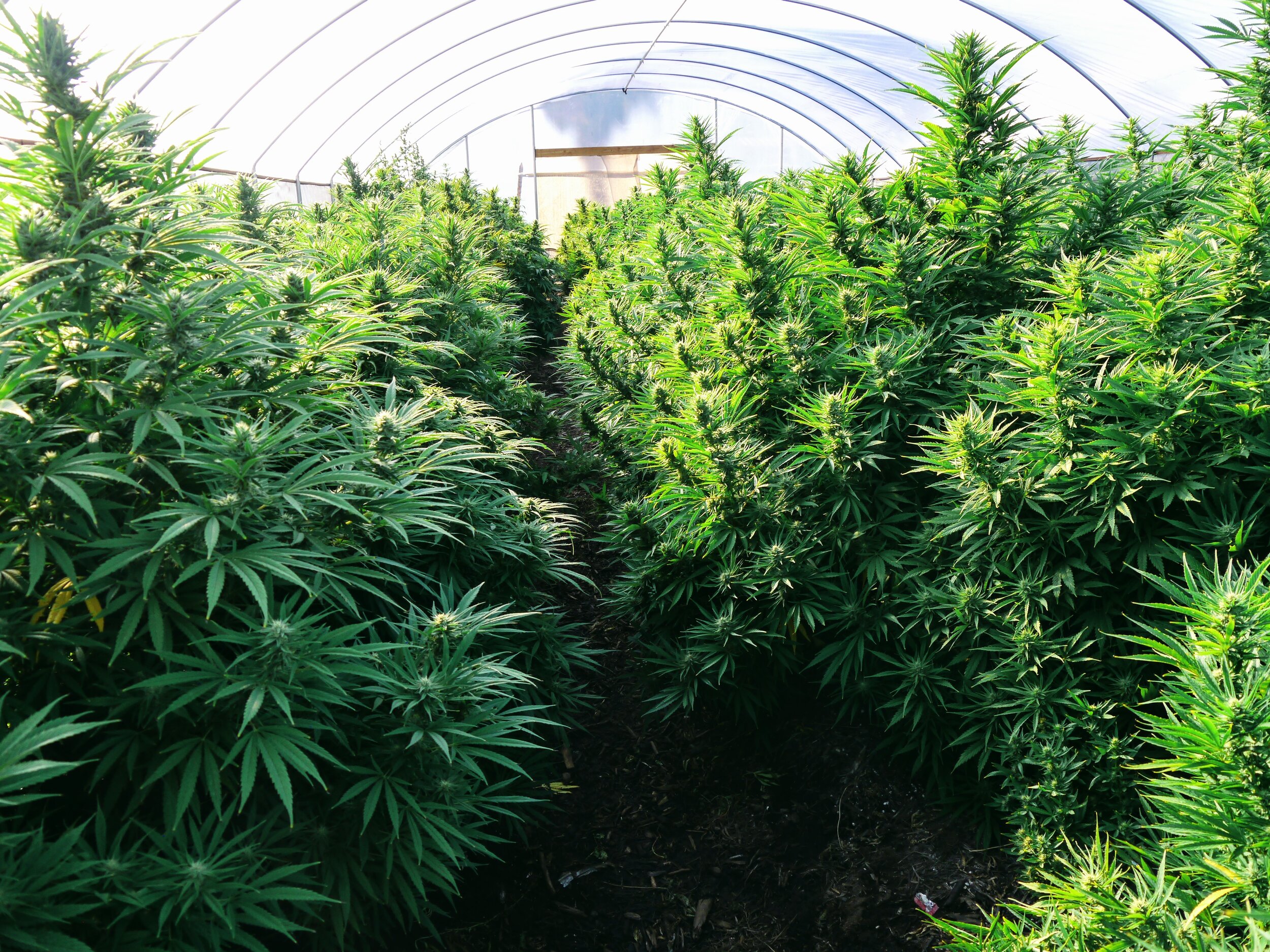When it comes to cultivating hemp or cannabis, choosing the right type of seed is crucial for optimizing yields, efficiency, and overall success. One increasingly popular option among growers is autoflowering seeds. But what exactly are autoflower seeds, and how do they compare to traditional photoperiod varieties?
Understanding Autoflowering Genetics
Autoflower seeds are cannabis or hemp seeds that automatically transition from the vegetative stage to the flowering stage without relying on changes in light cycles. Unlike photoperiod plants, which require specific light schedules (typically 12 hours of light and 12 hours of darkness) to trigger flowering, autoflowers begin to flower based on age—usually within 2-4 weeks after germination.
This unique trait comes from the introduction of Cannabis ruderalis genetics, a hardy subspecies native to regions with short growing seasons and unpredictable daylight hours, such as Russia and Central Asia. By crossing Cannabis ruderalis with high-CBD or high-THC strains, breeders have created stable autoflowering varieties that maintain desirable traits while removing the dependency on light cycles.
Key Benefits of Autoflower Seeds
Autoflowering seeds offer several advantages, making them a preferred choice for many growers, whether cultivating CBD-rich hemp or THC-dominant cannabis.
✅ Faster Harvest Times – Most autoflowers are ready for harvest in 8-12 weeks from seed, allowing for multiple harvests per season.
✅ No Light Schedule Management – Autoflowers thrive under 18-24 hours of light daily but will still flower under natural sunlight or inconsistent lighting conditions.
✅ Compact & Discreet – Autoflower plants tend to be smaller in stature, making them ideal for indoor, greenhouse, and stealth grows.
✅ Resilient & Low Maintenance – Thanks to their ruderalis heritage, autoflowers are more resistant to pests, mold, and harsh conditions than traditional photoperiod plants.
✅ Great for Beginners – Their automatic flowering and shorter growth cycle make autoflowers a forgiving option for new growers who want a quick and efficient harvest.
Top Autoflowering CBD Seeds to Consider
If you’re looking for high-performing autoflower genetics, CBD Seed Labs offers top-tier selections, including:
🌱 Maverick Autoflower Feminized CBD Hemp Seeds – This powerhouse strain is bred for resilience, rapid growth, and high CBD production. Ideal for farmers looking for fast turnaround times and premium CBD yields.
🔥 Gas Face Maverick Autoflower Feminized 1:1 CBD Seeds – A unique 1:1 CBD-to-THC variety that delivers balanced cannabinoid profiles, rich terpenes, and an efficient, high-quality autoflowering experience.
Are Autoflowers Right for Your Grow?
While autoflowers offer many advantages, they may not be ideal for every growing scenario. Because they have a shorter vegetative phase, they generally produce smaller plants with lower yields than photoperiod strains. However, their ability to flower automatically, combined with rapid turnaround times, makes them an excellent choice for:
Outdoor growers in regions with short summers
Indoor growers seeking quick harvests and efficient space usage
Farmers & breeders looking for consistent production cycles
New growers who want an easy, low-maintenance introduction to cultivation
Final Thoughts
Autoflower seeds are revolutionizing the way people grow cannabis and hemp. With fast-growing genetics, flexibility in light requirements, and high resilience, they provide an excellent alternative to traditional photoperiod strains. Whether you're looking to maximize your growing season, simplify cultivation, or experiment with new genetics, autoflowering seeds might be the perfect solution for your next crop.
Explore the best autoflower genetics today at CBD Seed Labs and take your grow to the next level.














